Key Highlights
- PLFS 2024 shows all-India unemployment dipped marginally to 4.9% (CWS), with urban UR steady at 6.7%. mospi
- Government targets 60 lakh new jobs via PLI and PM GatiShakti over five years, backed by ₹1.97 lakh crore outlay. sightsinplus
- India’s net-zero 2070 pathway could generate tens of millions of green jobs by 2030 and beyond, if skilling aligns with sectoral needs. ceew
- LFPR and WPR remain broadly stable; urban LFPR rose to 51.0% in 2024, signaling gradual formalization.
- Policy pivot: Employment-Linked Incentives (ELI) planned for 2024–29 to catalyze formal hiring and retention at scale. ibef
Introduction
India’s next employment frontier must be both opportunity-rich and climate-smart, marrying growth with resilience and inclusion. Periodic Labour Force Survey (PLFS) data for 2024 indicates a cautiously improving labor market with marginally lower unemployment and a stable employment base, while policy pushes like Production-Linked Incentives (PLI), PM GatiShakti, and the upcoming Employment-Linked Incentives (ELI) aim to accelerate job creation in manufacturing, infrastructure, and services.
Where India Stands on Jobs Today
- PLFS 2024 (CWS) recorded an all-India unemployment rate of 4.9% (from 5.0% in 2023), with urban unemployment steady at 6.7%; urban LFPR improved to 51.0%. mospi
- MoSPI confirms WPR was broadly unchanged at 53.5% (all-India), indicating steady absorption even as the economy restructures post-pandemic.
- Economic Survey 2024–25 highlights a substantial decline in unemployment since 2017–18 and flags digital and renewable sectors as high-potential job creators. labour
- The government is transitioning PLFS from 2025 to include quarterly rural+urban estimates, improving timeliness and granularity for policy action. pib
Detailed Analysis
1) Structural Drivers of Sustainable Employment
- Capital expenditure and logistics reforms: PM GatiShakti’s multimodal connectivity and high capex underpin construction, logistics, and manufacturing jobs; combined with PLI, the government estimates 60 lakh jobs potential over five years.
- Formalization levers: Payroll-linked measures (EPFO additions) and proposed ELI incentives aim to nudge formal hiring, retention, and upskilling between 2024–29 with a projected ₹2 lakh crore allocation.
- Skilling focus: Budget and policy emphasis on employability, with initiatives spanning PMKVY, DDU-GKY, DAY-NULM, PMEGP, and sectoral councils; PM Vishwakarma targets artisans with credit, upskilling, and toolkits.
2) Green Growth = Green Jobs
- National commitments: Net-zero by 2070; 500GW non-fossil capacity and 45% reduction in carbon intensity by 2030.
- Investment needs: Transition requires an estimated $10.1 trillion to 2070, implying deep sectoral shifts and large-scale workforce transitions. cstp
- Jobs outlook: ILO estimates 54 million green jobs between 2021–2030 in India; sectoral breakouts highlight waste and water management (~16 million each), green construction (8.8 million), and renewable energy (4.3 million) by 2030.
- Renewable energy employment: Achieving 500GW non-fossil by 2030 could employ about 1 million in solar and wind alone if targets are met, contingent on supply-chain localization and skills.
Policy implications: India needs standardized green job definitions (under development) and a methodology to map occupations, plus targeted skilling for RE, EVs, green construction, circular economy, and water systems.
3) Reading the PLFS 2024 Signals
- LFPR/WPR: Broad stability at the national level, with urban LFPR inching up (50.3%→51.0%), indicating improved urban labor market participation, especially for men; urban WPR rose to 47.6%.
- Unemployment: All-India UR edged down (5.0%→4.9%); rural UR declined to 4.2%, while urban female UR improved amid stable overall urban unemployment.
- Structural shifts: Decline in unpaid helpers among rural females (19.9%→18.1%) influenced WPR/LFPR dynamics, pointing to changes in household enterprise roles and perhaps a transition to other activities.
4) Schemes and Engines for Job Creation
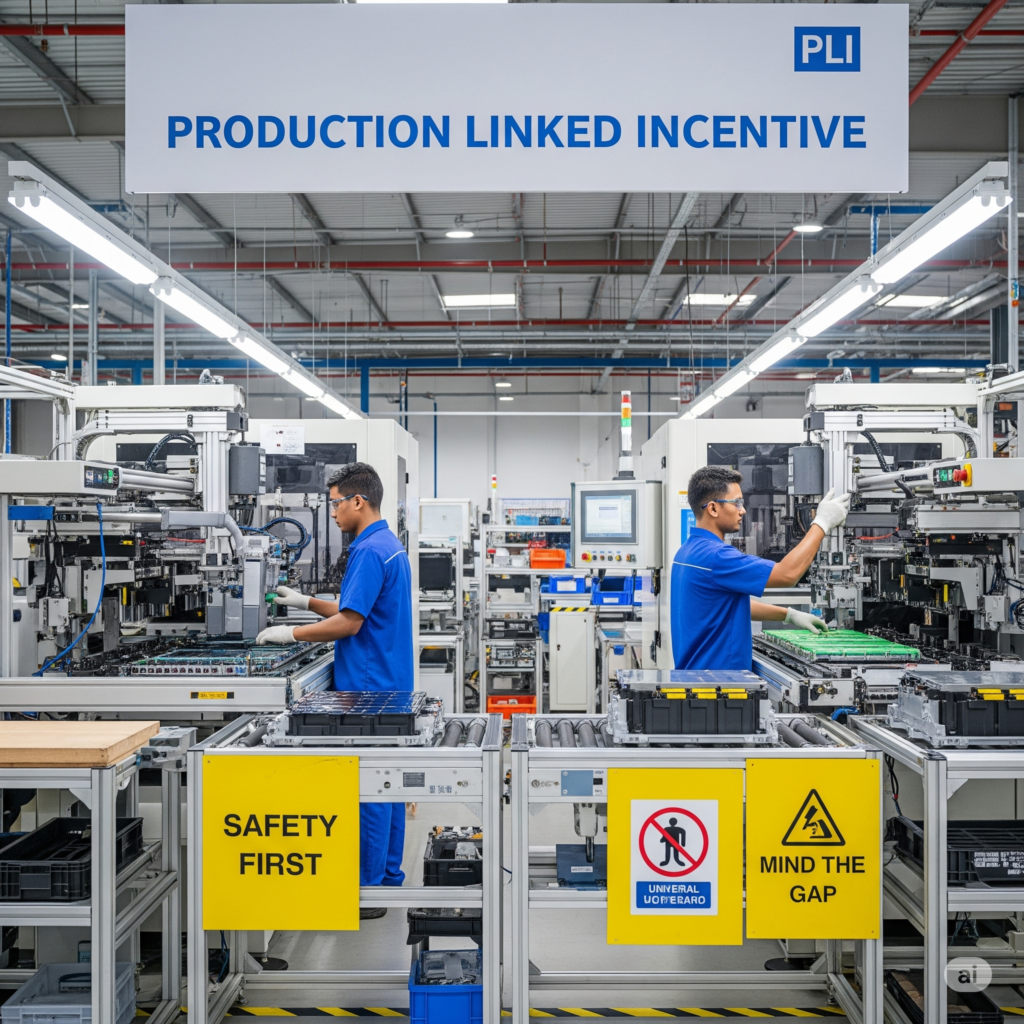
- PLI schemes: ₹1.97 lakh crore over 5 years starting 2021–22; stated potential for 60 lakh jobs through expanded manufacturing and supply chains.
- PM GatiShakti: National Master Plan to de-bottleneck infrastructure and enable logistics efficiency, improving job intensity across construction and services.
- ELI (2024–29): Proposed incentives for net new formal hiring, retention, and training, focused on youth inclusion and manufacturing-linked quality jobs.
- Skilling & livelihoods: PMKVY, DDU-GKY, DAY-NULM, RSETIs, PMEGP, Stand-Up India underpin employability and entrepreneurship across urban and rural segments.
Implications for Building Sustainable Employment
- Align skilling with green sectors: Scale programs via the Skills Council for Green Jobs and industry partnerships to meet quantified needs in RE, green construction, waste, and water—where ILO expects the bulk of 2030 job gains.
- Localize value chains: To capture employment multipliers, deepen domestic manufacturing under PLI while integrating sustainability standards, especially for batteries, solar modules, and components.
- Strengthen labor data: Quarterly rural+urban PLFS from 2025 will sharpen policy targeting—vital for timely interventions in districts and sectors.
- Formalization with protection: Pair ELI and EPFO-linked incentives with gig/social security frameworks to ensure quality and continuity in jobs created.
- Transition planning: A just transition roadmap is essential in coal regions while expanding opportunities in renewables and allied sectors; leverage concessional climate finance to crowd-in private investment at scale.
Conclusion
India can convert its growth and climate imperatives into a durable jobs dividend by synchronizing infrastructure-led expansion, manufacturing localization, and a just, skills-first green transition. With PLFS 2024 showing stable employment indicators and reforms enhancing labor market intelligence from 2025 onward, the moment is opportune to operationalize ELI, accelerate PLI/GatiShakti, and mainstream green jobs across state missions and MSME clusters. The path to sustainable employment runs through targeted skilling, formalization incentives, and climate-aligned investments that create quality work at scale.

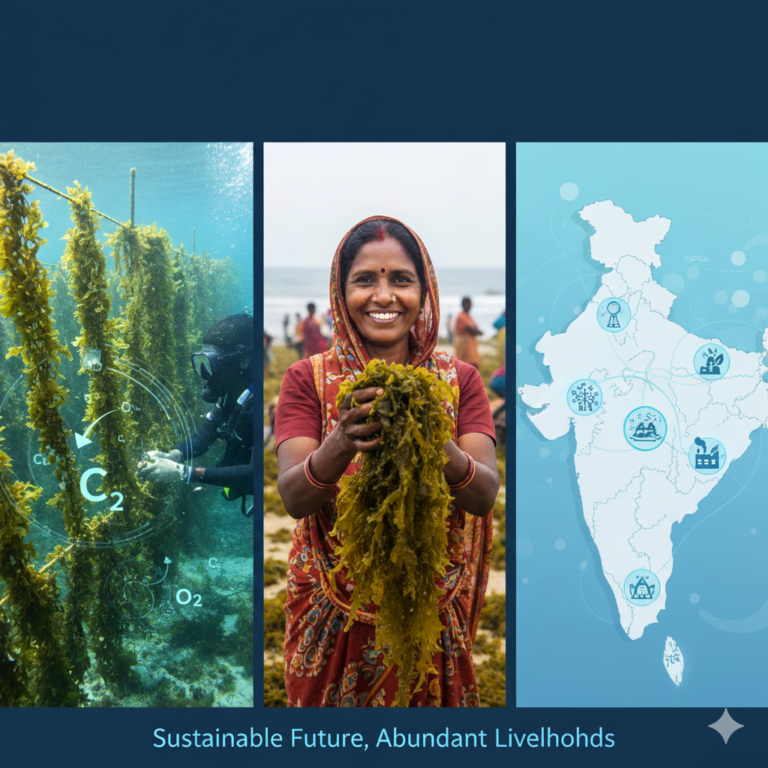

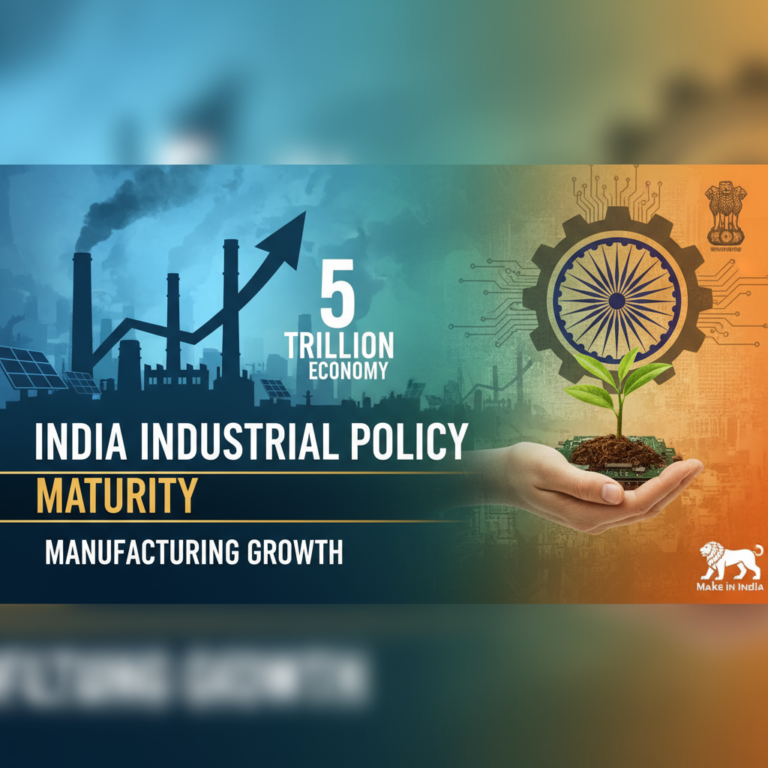






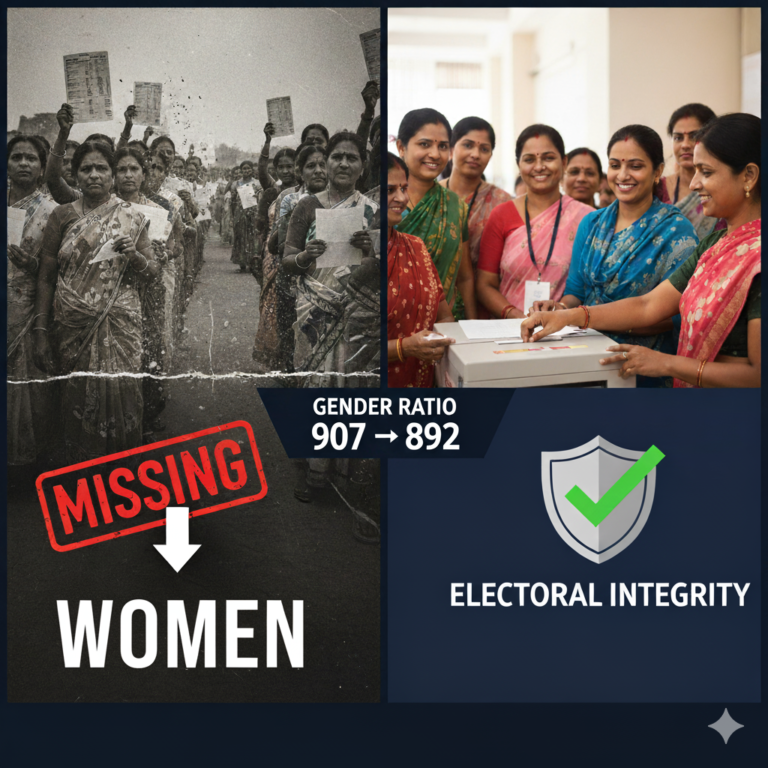
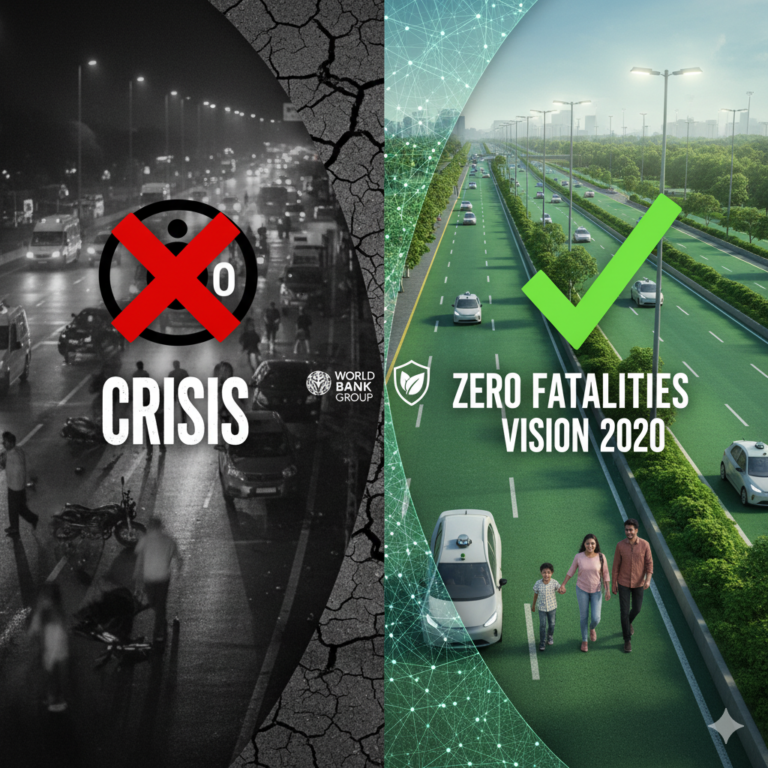
+ There are no comments
Add yours